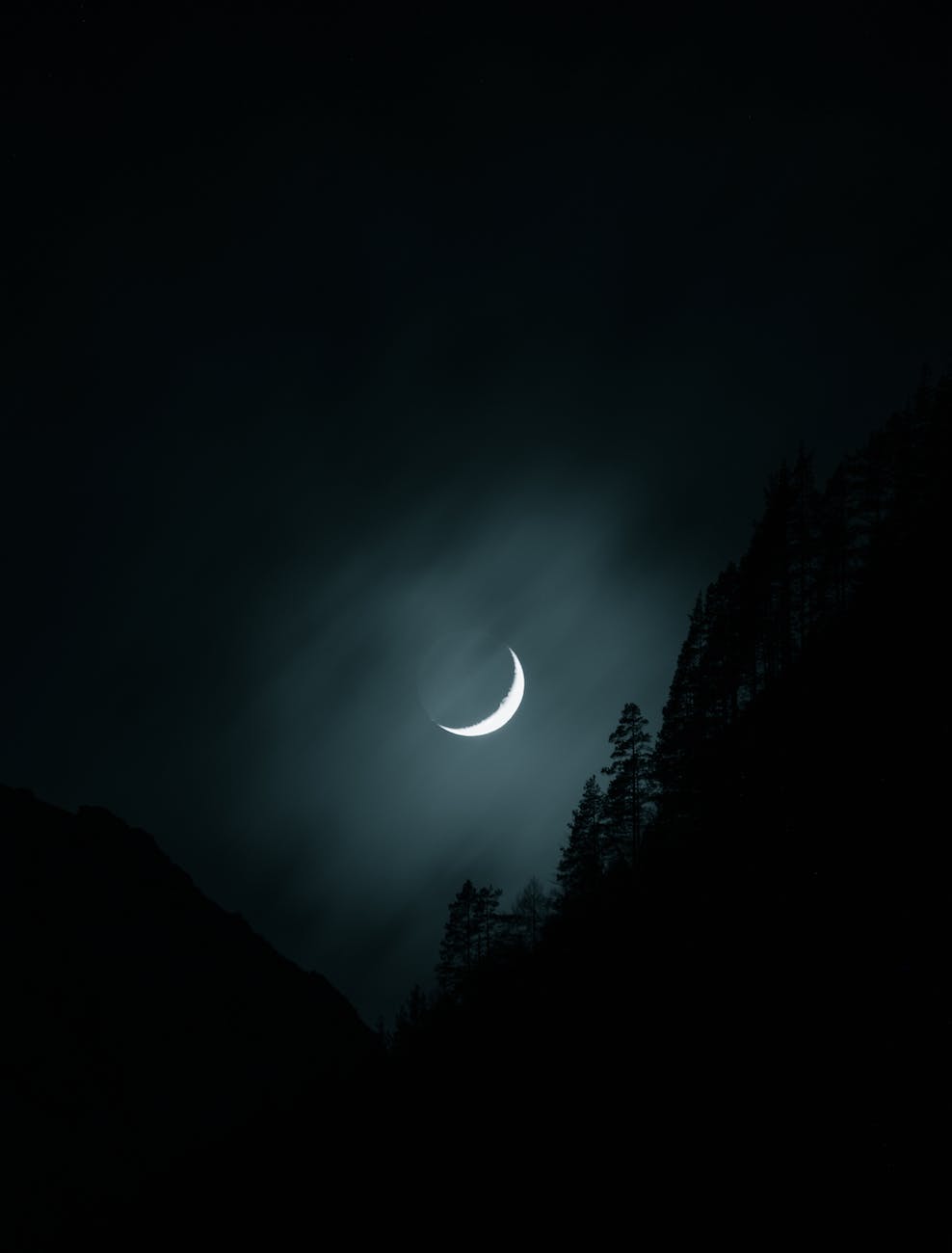If 2024 is your year for taking up astronomy, armed just with your eyes or if you are lucky, binoculars, this column is for you. I provide basic, unpretentious, easy to read information from a qualified astronomer; no re-tweets or cut and paste, but purely researched primary source information.
Basic essentials for stargazing are a red torch (or a normal on with red cellophane over the end held on with a lacky band), a Southern hemisphere Planisphere for circa Latitude 35 degrees South (available from most good bookshops or online) and a compass which you will have to learn how to read form many online sources. Having said that, the addition of a tripod for your binoculars will greatly enhance viewing as well as allowing extended observing sessions.
If you are searching for planets close to sunrise and sunset, be sure to just check those times (most phones nowadays provide these details) and only use binoculars 30 min before or after those times to avoid eye damage; one glance at the Sun and say bye bye to vision.
So, the eastern vista is becoming a go to place around 3.30am when Venus enters the celestial sphere 5 degrees above the ESE; if you have binoculars see if you can see that it is only 80% illuminated, it looks little like the Moon does from a phase perspective, just a lot smaller. I find its appearance more captivating just before sunrise when the contrasts of the brilliant white of the planet and the glow of dawn (ie approaching dawn, not Dawn my sister).

Stay fixed on that spot and you will be rewarded an hour later with, as you know, my favorite planet, Mercury, which will appear; it will definitely need binoculars to see the 50% phase of this orb.

If you are adventurous with the binoculars and heed my warning above about avoiding eye damage by viewing with binoculars too close the Sun, Mars is barely visible (and remains this way almost all year, about above 5 degrees up in the ESE 30 minutes before sunrise, say 4:45am, so a good clear unobstructed horizon is necessary.

On Tuesday the waning Moon is 5 degrees North of Venus, on Wednesday 6 degrees North of Mercury, by Thursday, the Moon is New at 7.57pm.
The western vista opens up after sunset with the brilliant Jupiter 45 degrees up and slightly west of due North; setting after midnight in the WNW. This is the reason for my earlier comment about binoculars and tripod, viewings the 4 brightest moons is best with this setup.

Happy Stargazing
Dr Craig Bowers MP8138.

Leave a comment